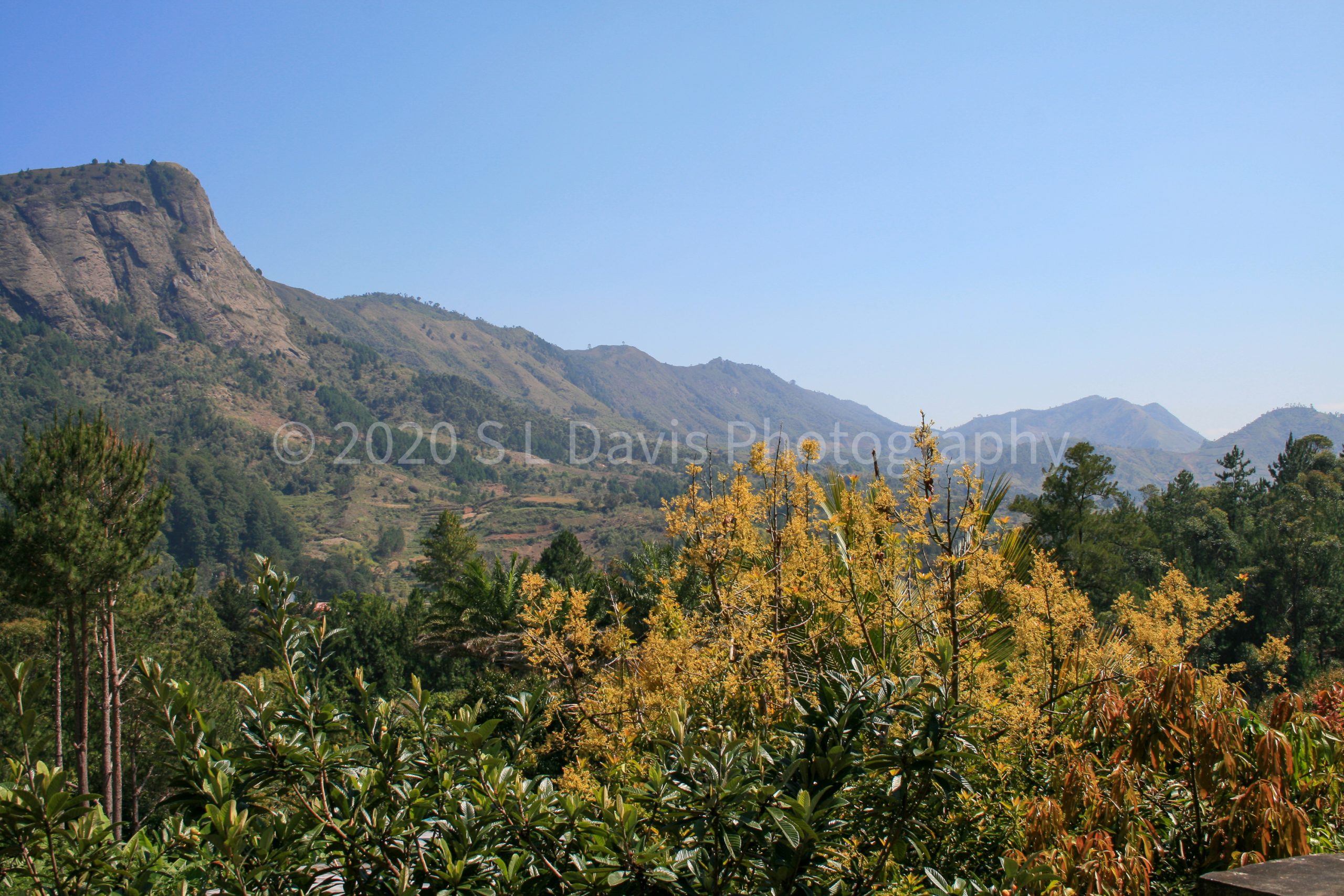
“This is the story of what happens when a set of animals and plants are cast away on an island for millions of years. This is how this curious wonderland came into being. Madagascar is an unrepeatable experiment, a set of animals and plants evolving in isolation for over 60 million years. We’re still trying to unravel its mysteries.” — Sir David Attenborough
Some may think it is not possible one woman can discover so much in 2 weeks… Well when you are me, it’s possible. I’m like a sponge and I absorb information and recall minute details, I also notice my surroundings especially where nature is concerned…
So here we are, we have arrived on the last few days of my trip at the Mandraka Conservation Park. I found myself walking once again in the footsteps of Sir David Attenborough and since 2008, more species have been discovered on this truly remarkable island.
Here is the last of my discoveries from Madagascar with some of my unique photography. I hope that despite the hairy parts of this trip, my experience and photography has set off that spark within you to get onto the path of discovery, inspired you to help protect our environment, nature and our world for future generations to appreciate and learn about the amazing biodiversity around us, to lose this, would be the greatest tragedy…
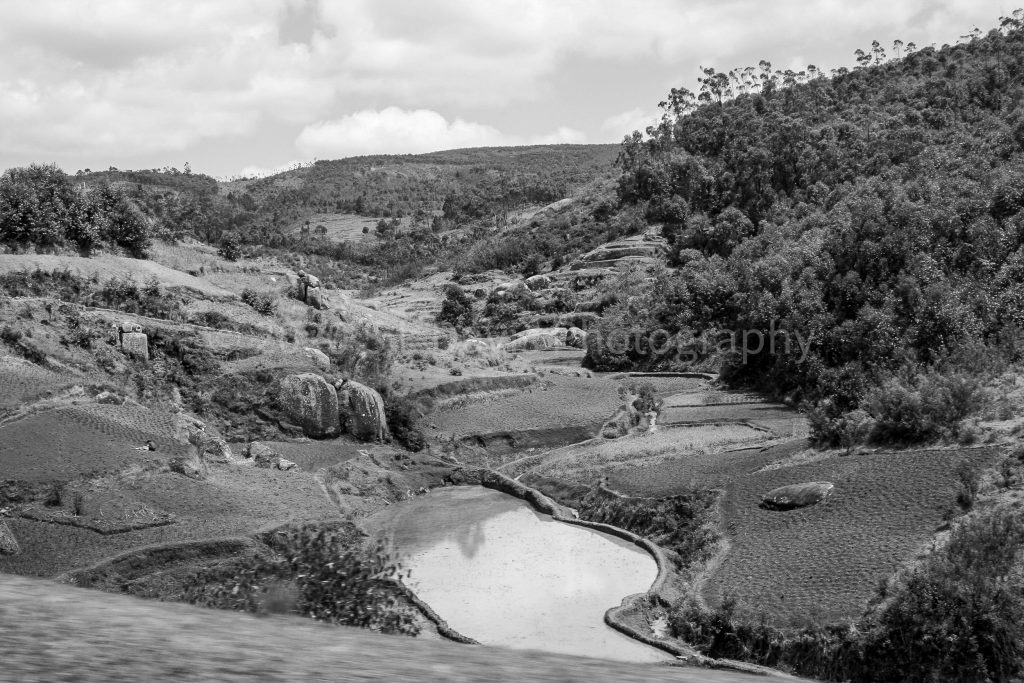
This conservation park was at the time not really on the map. I had spotted it as I was whizzed past the Mandraka cliffs at the start of my trip, so I had made the amendments to at least spend time there to ensure I could focus on the wildlife. What I didn’t know was, this little place, would bring me face to face with an incredible array of different species and again I will do my best to name these from memory, but some still do not have names and since 2008, there has been additional findings that means some of the species are actually multiple different species and not just the one as originally thought at the time.
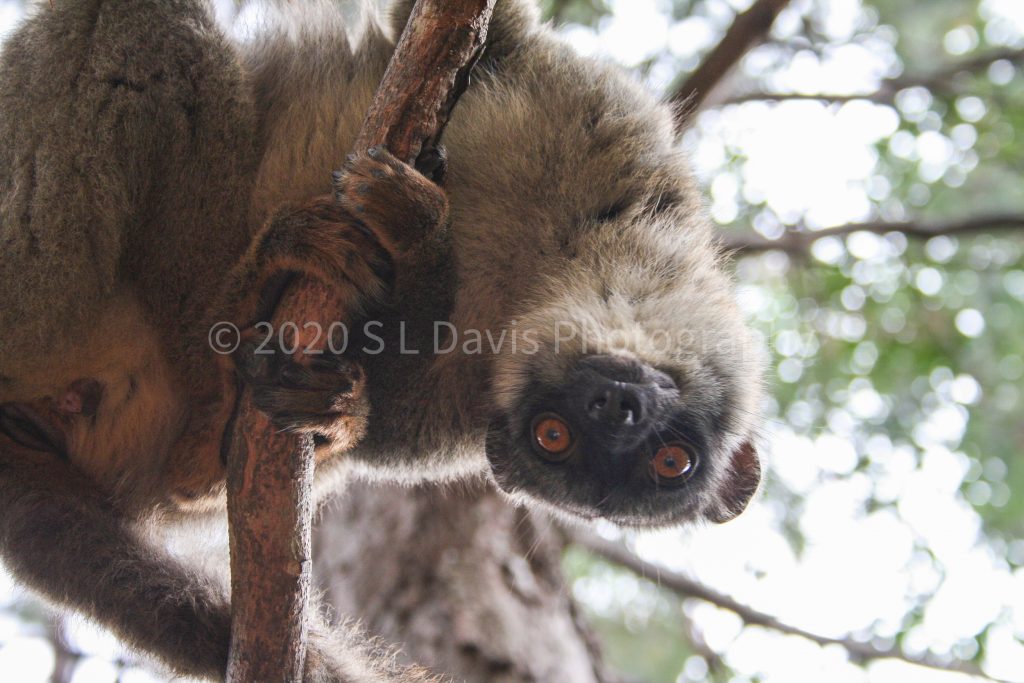
Walking through the Mandraka forest, your eyes are everywhere and it wasn’t long before a family of common brown lemurs were spotted above me. Curiously looking up, whilst they curiously looked down, I snapped away and this meant they were more inquisitive in what I was doing as you can see from the quizzical expression of the above photographed lemur. Lemurs are one of my personal favourites as like all primates, they have wonderful personalities.
As I continued on my walk, I was handed some rice and told to wait on this muddy pathway patiently. After about 5 minutes of waiting, a species of Sifaka appeared followed by more. Prior to my trip to Madagascar, I had only seen a photo of this species in my guide book, so was unaware of it’s existence until this point. I certainly was not expecting to come into contact with Coquerel’s sifaka, let alone have them reach out to me for rice.
Yet again these are critically endangered and they are also very gentle. Makes you wonder how anyone could put these stunning creatures in such a vulnerable position. To give you an insight into this species, they were once considered to be a subspecies of Verreaux’s sifaka. Following more research they were eventually granted full species level, and due to habitat loss and hunting this is why they are critically endangered.
These stunning primates differ from other lemur species by their dramatic mode of locomotion: sitting upright, they spring through the trees using the strength of their back legs. This is called vertical clinging and leaping and it is a sight to behold! I was fortunate to capture one leaping through the air as you can see in the below image. The name sifaka, a Malagasy word, comes from its distinct call as it travels through the treetops: “shif-auk” this is used to warn others about predators and ward off rival groups of coquerel’s sifakas. They also make soft grunts and loud wails. Another method of communication which is commonly used is scent. Female sifakas are dominant over males and get first dibs on food and mates.
All sifaka are lemurs, and all lemurs are prosimian primates — which, in a nutshell, means primates more primitive than monkeys.
The name sifaka comes from their alarm call which sounds like ‘shif-auk.”

Coquerel’s sifaka 
Coquerel’s sifaka
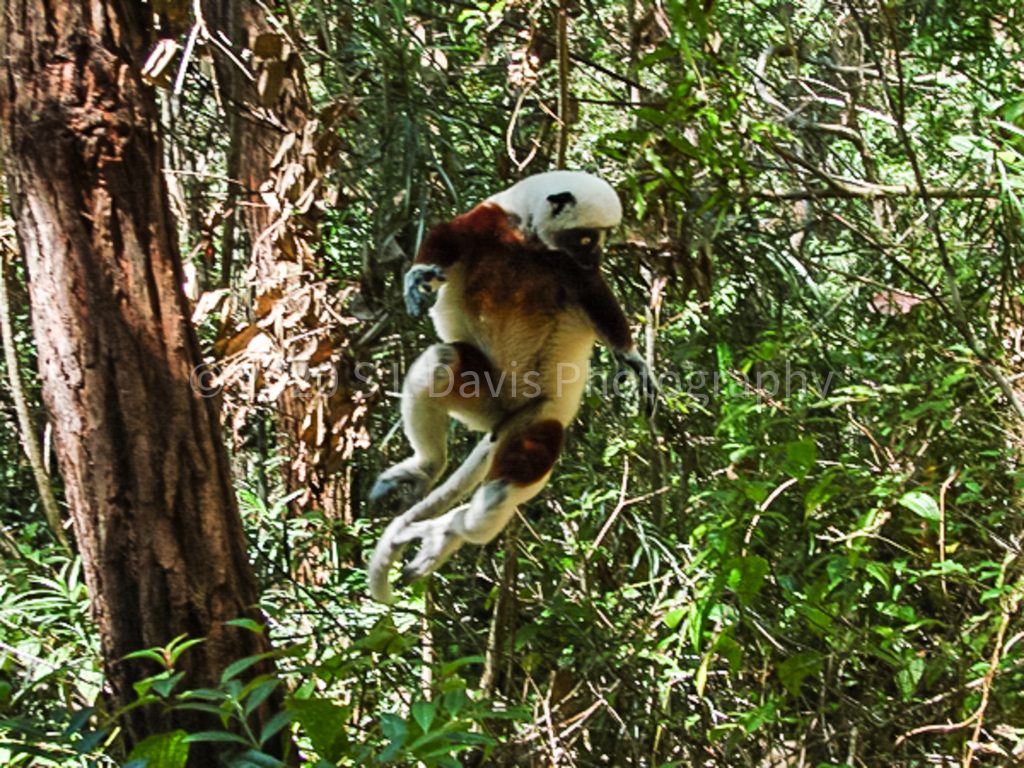

Coquerel’s sifaka 
Coquerel’s sifaka
Further on, I am brought to a conservation enclosure and here I discover more about the array of amphibian and reptile population.
Madagascar holds the largest population of chameleons. This is not only the world’s largest, it is also the world’s most unique; with 59 different species existing nowhere outside of Madagascar. Known for their ability to change colour, they can be seen wearing a variety of colours, including brown, green, blue, yellow, red, black or white.
Communication is an important reason behind these colour changes. Chameleons use this to communicate with others, expressing attitudes such as their willingness to mate to territory. Contrary to popular belief, chameleons cannot display limitless colours and do not change colours in a camouflage response to their surroundings. Instead, their skin changes in response to temperature, light, and mood.

Leopard Chameleon 
Parson’s Chameleon

Carpet Chameleon (Furcifer lateralis) 
Possibly species of Panther Chameleon
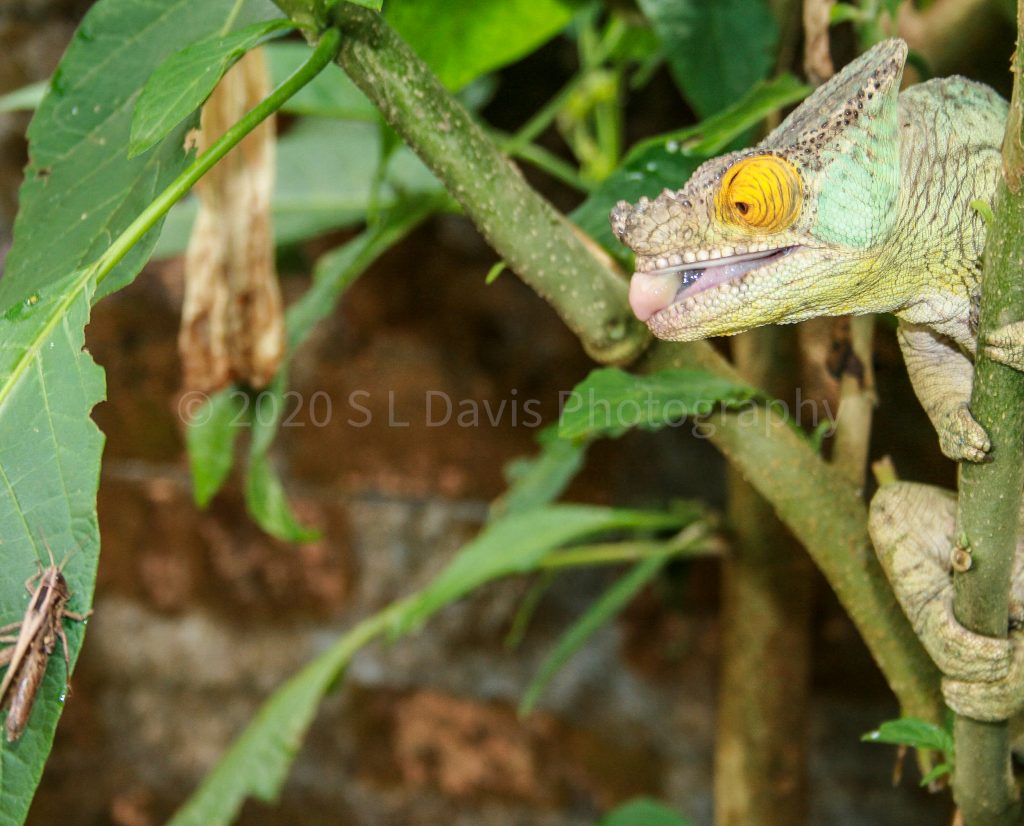

Panther Chameleon 
Panther Chameleon
Panther chameleon are known for their remarkable ability to change its skin colour through a rainbow of vibrant reds, greens, blues and yellows.
The range of the lizard’s colour palette has bewildered scientists, as it seems too amazing to be possible for a single species.
In 2015 scientists figured out the chameleon’s secret — it isn’t a single species. There are approximately 11 species of panther chameleon. These chameleons each have their own unique colour patterns, as reported in an issue of the scientists journal, Molecular Ecology. This was revealed through analysis, research, mathematics and colour photographs to workout the colour pattern. The different species are yet to be formally named. Panther chameleon, along with 80 to 90 per cent of the flora and fauna in Madagascar exist nowhere else on the planet.
The next discovery is an array of frogs…

Golden Mantella 
Green Mantella 
Baron’s Mantella
It will come as no surprise that some of these frogs are toxic, but they are equally remarkably interesting parents too.
Mantellas are endemic to the island of Madagascar and its smaller coastal islands “Nosy” in Malagasy. They inhabit a wide variety of different habitat types from the rainforests, swamps, bamboo forests, semi-arid stream-beds, slow moving forest streams, seasonal streams, montane grassland savannah and in wet canyons.
Currently there are approximately 16 species that make up the genus of Mantella, with five recognised species groups. Most species can be easily identified by their colourful patterns, although there are a number of locality variations which have an uncertain taxonomic status.
Most mantellas secrete toxins through their skin, though some species are nontoxic. Mantella frogs all have the bold, beautiful colours that scream, “I’m toxic!” This is known as protective mimicry or aposematism, a very clever and cunning adaptation. It is said the toxins are not strong enough to kill a predator such as a mammal, snake, or bird, but they will make it sick or at least leave a bad taste in its mouth. The frogs get these alkaloid toxins from their prey—primarily ants, termites, and other insects. The bright colours of the mantellas is an indication of the more toxic species, the frogs are subsequently avoided by predators. But the most glorious colouring in the world won’t protect a mantella if it can’t be seen, and that is why all mantellas and poisonous frogs are diurnal, while most other frog species are nocturnal.
Human interference can have an affect on how toxic mantellas might be. For example, mantellas living in areas untouched by human activity have more alkaloid toxins in their bodies than those living in areas that have been polluted. Why? When humans move into mantella habitat or pollute it with contaminants, many of the frogs’ prey items are killed off, and there is less variety for the mantellas to eat. Fewer food choices mean fewer alkaloids to be absorbed which leads, eventually, to less toxic frogs.
You will find most frogs have webbed toes to help them swim, but not mantellas! As they spend their lives crawling around on the jungle floor among leaves, under decaying trees, or occasionally on branches close to the ground, there is no need for webbed toes. They also have short legs designed more for climbing rather than for long hops. Arboreal mantellas have swollen, sticky finger tips that help them hang on while moving around above ground.
Female mantella frogs will wait until the first big rainstorm of the season before depositing her eggs in damp leaf litter or in a short tunnel she has dug; the climbing mantella female will climb trees and deposits her eggs in tree holes. Male mantellas then tend to the eggs until hatching. The eggs hatch into tiny tadpoles a few days later. The little ones are washed by rainfall into small pools nearby, where they eat algae and grow.
About 6 to 8 weeks later, the tadpoles become froglets. The young frogs are a dull brown that keeps them well camouflaged in the leaf litter. During the next several months, they gradually change into the colours of the adults. They reach sexual maturity after a year.
As I have a lot of species to educate you on in these final pieces, I have divided up the final segments of this trip. In the next piece we have more wonderful frogs and also some very interesting chameleons, geckos and other species…













I havent done a walk in the wildlife or a safari in Africa before you really saw some awesome creatures out in Madagascar. Giving me a few ideas now for when my daughters are a little bit older so I didnt really have the country being a safari destination (to be honest, I dont know too much about Madagascar). So would reconsider going here just for this. Love your photography
Many thanks, it certainly is an amazing country. Take a look at the Bradt guide as it will give you a good idea of how to book the tour. Unfortunately at the time when I decided to go, the company I used that thankfully is no longer operating such tours didn’t carry out proper checks. Fortunately I have a lot of experience in running my own tours without guides as such so was able to navigate the issues as best possible. The food is amazing, I will always recommend trying local cooked food. Be careful when choosing hotels to stay at as not all will be up to scratch, especially in the more remote parts of the country. The wildlife is absolutely amazing and the local national park guides are the best to have tour you. All in all it would be an amazing and unforgettable experience. (Brush up on French as it’s the dominating language with Malagasy).
Such beautiful photography – looks like Madagascar really is a wildlife lovers paradise!
It certainly is but I think there is so much more in the way of the local culture and hospitality. It really is a truly remarkable and stunning country.